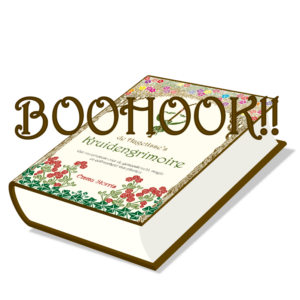
When it comes to the tea plant, Camellia sinensis or assamica, it is almost impossible not to overlook things worth mentioning. So, forgive me if I missed anything. I will go ahead and chance it, since tea definitely is a plant that belongs in a vademecum on medicinal plants. Even if it is written by a wise woman who prefers to use native plants, which tea definitely is not.
The tea plant is native to Southeast Asia. It nowadays grows in many other areas of the world, but here in Western Europe you can still mainly see it in greenhouses and orangeries. Fortunately, there is now a variant that even does well in our gardens. However, it remains complicated to produce tea yourself, but once you know how to do it, there are many health benefits to be gained. And thank goodness there is a steady supply coming our way as well.
Tea helps against conditions related to degenerative processes. This includes age-related symptoms and suchlike, but also external damage caused by, for instance radiation and chemotherapy as used against cancer.
Speaking of cancer, a lot of evidence has been building up saying that tea reduces the risk of various cancers. Other strong, positive effects are seen in the treatment of disorders of the heart and blood vessels and the central nervous system. And that is me only mentioning a fraction of the possibilities.
Magical properties attributed to tea are mainly related to wealth and strength. Tea can, for instance, be used to attract money. If you need courage, tea may be a useful plant for you as well. And when none of this applies to you, it is still pleasant to just sit at the table with a cup of fragrant tea in hand.
Tea stands on a sturdy taproot and is a woody and strongly branched shrub, the height of which depends on the variety. The sinensis remains relatively small, up to about five metres in height. The assamica grows faster and can reach a height of twenty metres.
By pruning the plant and keeping it at about chest height, you can ensure an easy-to-harvest plant with a multitude of branches and ditto leaves and buds. This simultaneously prevents the plants from flowering.
The leaves stand alternately on the branches and are stalked. They are elongated with a serrated margin, dark green in colour and leathery to the touch with fine hairs on the underside. They are up to 5 cm wide and up to 15 cm long on the sinensis and up to 30 cm long on the assamica.
The flowers are white or white-pink and are located in the leaf axils. The sinensis has flowers that stand alone, while on the assamica they are grouped. The flowers are not conspicuous, have six to nine petals and numerous yellow stamens. They are up to 4 cm in size. After flowering bilocular or trilocular woody capsules are formed with up to two round seeds per locule.
Please note: the health benefits mentioned in this chapter apply to green and white tea. Other teas still have certain benefits, but those are significantly lower in polyphenols and flavonoids. Black tea is less suitable for therapeutic purposes.
When preparing both green and white tea, it is essential that the water is not too hot.
You can start harvesting a tea bush when the plant is three years old. You harvest the young shoots. They consist of the two or three young leaves and growing bud located at the end of a branch.
I just mentioned green and white tea. These teas both come from this same plant, just like black tea. Want to know the differences? On this website it is briefly explained.
You can use tea to create several colours to dye with.
Basic membership is free. A plant monograph contains:
It's not allowed to copy content of this website
and view hidden content
